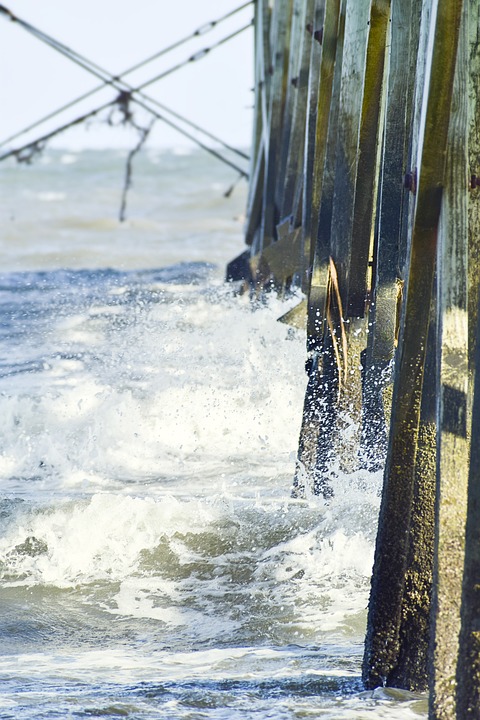As summer approaches and sunny days beckon, many people reach for their favorite sunscreen. It’s a staple in our summer routines, hailed as a necessary defense against harmful UV rays that can lead to skin cancers and accelerate aging. However, alongside the warm weather and outdoor activities comes a vital question: Is your sunscreen still effective? More specifically, what about those expiration dates on the bottle? Understanding sunscreen expiration can help you stay safe while you soak up the sun.
What Do Expiration Dates Really Mean?
The expiration date printed on sunscreen is not arbitrary; it is a guideline established by manufacturers based on stability testing. The U.S. Food and Drug Administration (FDA) requires that sunscreens maintain their original strength and effectiveness for at least three years from the manufacturing date. If a sunscreen is stored properly and used by the expiration date, it should provide the full level of protection indicated on the label.
However, it is crucial to understand that many factors can influence how long sunscreen remains effective, including:
- Storage conditions: Sunscreen should be kept in a cool, dry place. Excessive heat and humidity can degrade the active ingredients, leading to a decrease in effectiveness.
- Packaging integrity: If the sunscreen has been exposed to air, temperature swings, or physical damage, it may not perform as expected.
- Usage frequency: Sunscreens often emulsify or settle over time. If a product appears separated or has changed color or consistency, it’s better to err on the side of caution.
The Science of Sunscreen
Most sunscreens contain active ingredients that protect against UV radiation, including chemical and physical blockers. These ingredients can degrade over time due to environmental factors or exposure to the elements. As they break down, the sunscreen may become less effective, leaving your skin vulnerable to sun damage.
Experts recommend that you always check the product’s expiration date before application, particularly if the product is older than three years. If you have sunscreen past its expiration date, simply replace it to ensure optimal protection.
Signs Your Sunscreen Is No Longer Effective
In addition to the expiration date, there are several indicators that your sunscreen may no longer be effective:
- Unusual Smell: If your sunscreen has developed a rancid or sour smell, it’s a sign that its components are breaking down.
- Change in Texture: A separation of liquid may indicate that the ingredients no longer blend effectively, compromising protection.
- Color Change: A noticeable shift in color can suggest chemical changes that affect its efficacy.
Tips for Sunscreen Storage and Use
To ensure that your sunscreen remains effective:
- Store Properly: Keep it in a cool, dark place. Avoid leaving it in hot cars or areas exposed to direct sunlight.
- Monitor Expiry Dates: Always be aware of the expiration date, especially if you purchase in bulk or don’t use sunscreen regularly.
- Use a Generous Amount: Apply at least one ounce (about a shot glass full) to cover your body completely and reapply every two hours or after swimming or sweating.
Conclusion
Sunscreen is a vital ally in protecting our skin from the harmful effects of UV radiation, but its effectiveness can diminish over time. Understanding expiration dates and proper storage can help ensure that you are adequately protected while enjoying the sun. Before heading outdoors, take a moment to check the status of your sunscreen – and if uncertain, don’t hesitate to replace it. Staying safe under the sun isn’t just about applying sunscreen; it’s about using it wisely. So lather up and enjoy those sunny days, knowing you’re well-protected!
